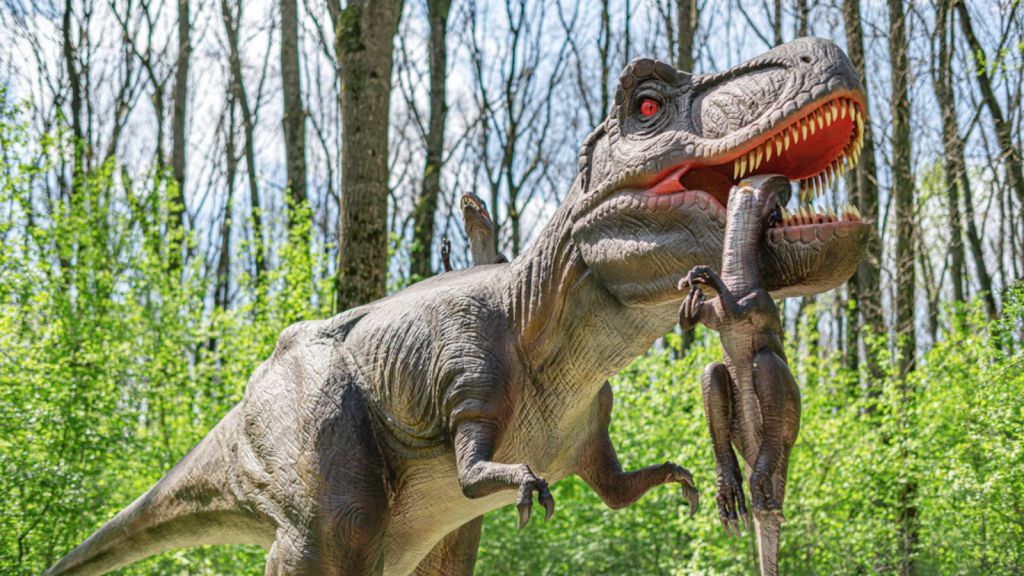“Unlocking the Secrets of Our Ancestors: 15 Surprising Revelations from the Prehistoric Era”
The diversity of dinosaur sizes and shapes is a testament to their adaptability and success in a variety of environments. Smaller dinosaurs often occupied different ecological niches than their larger counterparts, playing unique roles in the prehistoric ecosystems.
3. Creepy Crawlies Came First

Before dinosaurs roamed the Earth, the first pioneers of terrestrial life were arthropods, a group that would evolve to include insects, spiders, and crustaceans. These intrepid creatures ventured onto land around 430 million years ago, paving the way for other animals to follow.
The transition from water to land was a major evolutionary milestone, requiring significant adaptations in breathing, locomotion, and reproduction. These early arthropods were the trailblazers, adapting to life on land and laying the foundation for the diverse ecosystems that would follow.
4. Giant Insects Ruled the Skies

During the Carboniferous Period, around 300 million years ago, the Earth’s atmosphere had a higher oxygen concentration, allowing insects to grow to gargantuan sizes. Dragonflies with wingspans of up to 2.5 feet and millipedes reaching lengths of over 8 feet were not uncommon.
This period of gigantism in insects is a fascinating example of how environmental conditions can influence evolution. The high oxygen levels allowed insects to develop larger bodies and more efficient respiratory systems, giving them a competitive advantage in the prehistoric skies.













